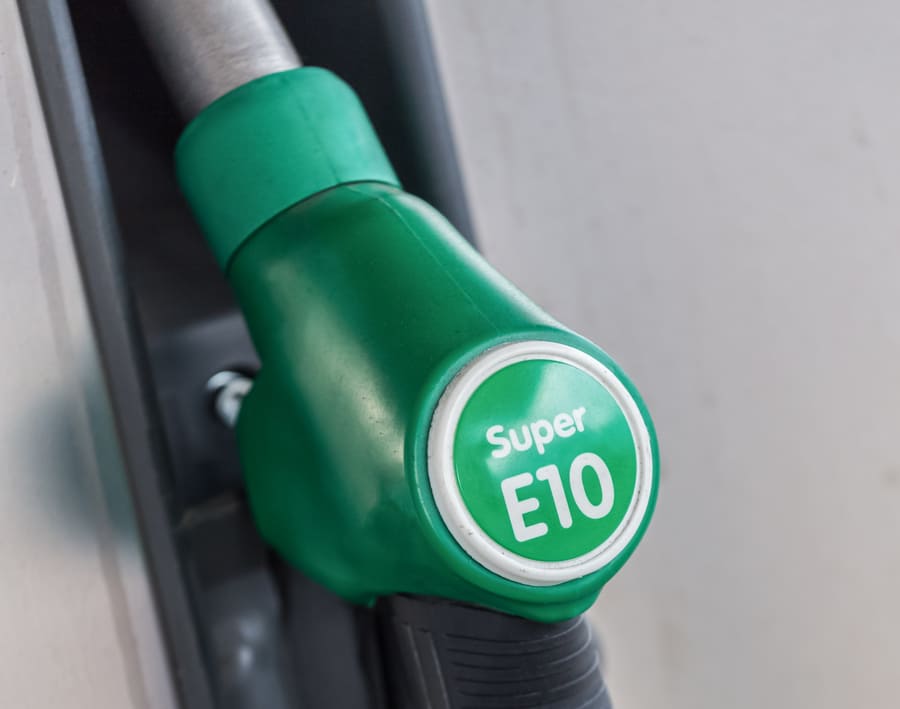
This month, the UK government introduced a cleaner blend of fuel known as E10 petrol as the new standard petrol with the aim of reducing the nation’s carbon dioxide emissions. However, this bioethanol blend is nothing new. In fact, since 2009, it has slowly been making its way into EU markets. It is now available in 14 EU countries, including France, Germany, Belgium, Finland and the Netherlands. So what exactly is E10 petrol and what will this mean for motorists in the UK? Keep reading to find out more.
What is E10 petrol?
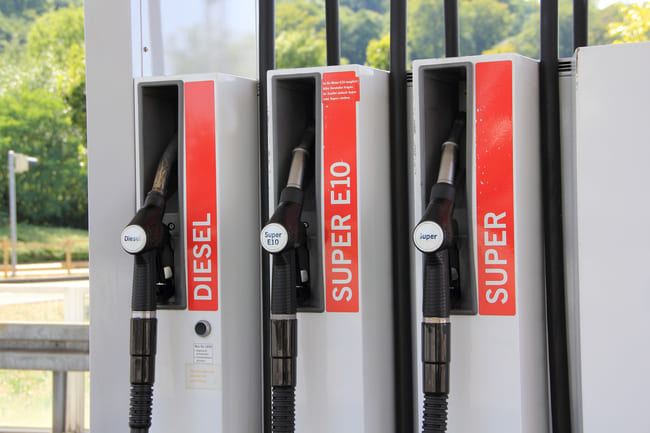
E10 petrol is a fuel mixture containing about 90% unleaded petrol and up to 10% ethanol, which is double the amount of ethanol that is used in the E5 petrol that is already widely available. Ethanol is a form of alcohol which is made through fermentation and distillation. It is considered to be a renewable fuel, since it is produced using common materials such as grains, sugar, straw and waste wood. It is possible for a car to run on a much higher amount of ethanol fuel, as initiatives in Brazil have proven; the country currently uses petrol blends which contain up to 28% ethanol.
E10 follows the same standards as regular petrol and is becoming the new standard petrol grade with a minimum octane rating of 95. The new mixture should not have a negative impact on engine or vehicle performance, as long as the vehicle is compatible with the amount of ethanol used. This initiative will therefore primarily affect older, carbon-intensive vehicles.
Advantages & disadvantages of E10
Which cars are compatible with E10 petrol?
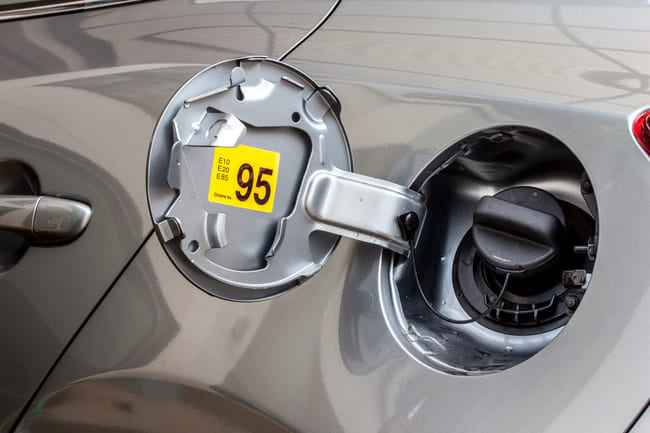
According to the government website, all new cars produced since 2011 are compatible with the fuel and the majority of vehicles produced since the late 1990s will also be compatible. However, it is critical that motorists check the compatibility of their vehicles themselves if they are unsure, as the government will take no responsibility for damages related to incompatibility.
There are certain types of vehicles that are less likely to be compatible with E10, such as classic or vintage models, specific models from the early 2000s, and mopeds. Examples of models that have been declared incompatible include the Audi 4 Saloon (model years 2001-2008), the Ford Mondeo 1.8 SCI (2003-2007), the Fiat Punto (Type 188), and Porsche’s Carrera GT.
If your vehicle is compatible, you should be able to mix E5 and E10 petrol without any problems. Using one tank of E10 petrol in an incompatible vehicle may not have any serious consequences, however, prolonged use is strongly advised against.

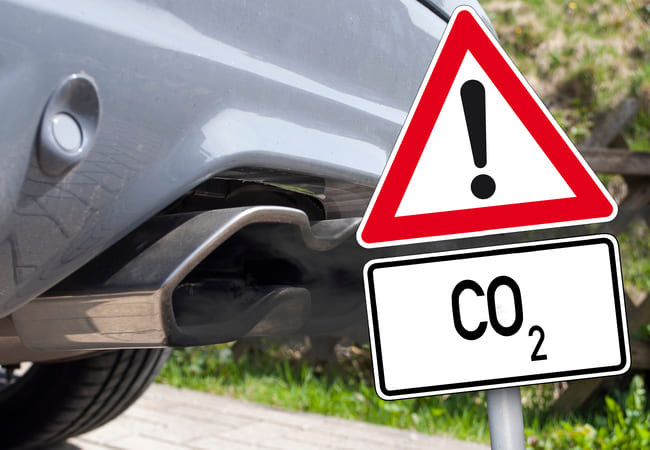

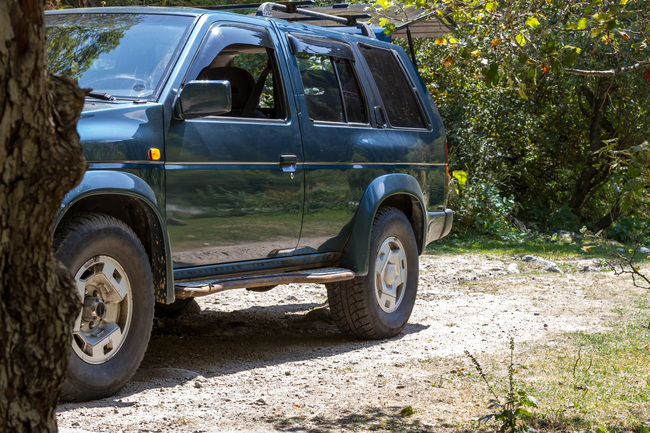
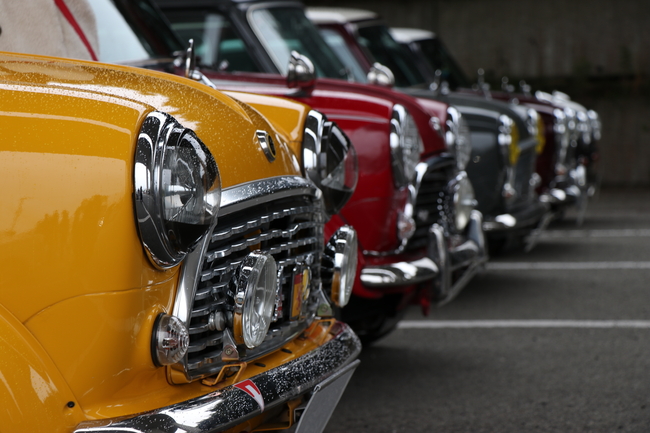
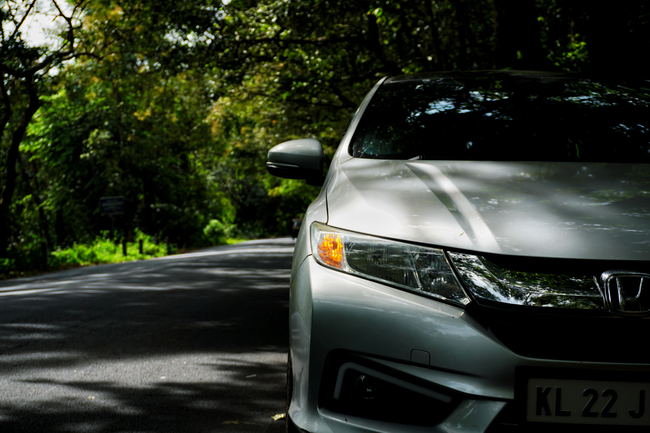
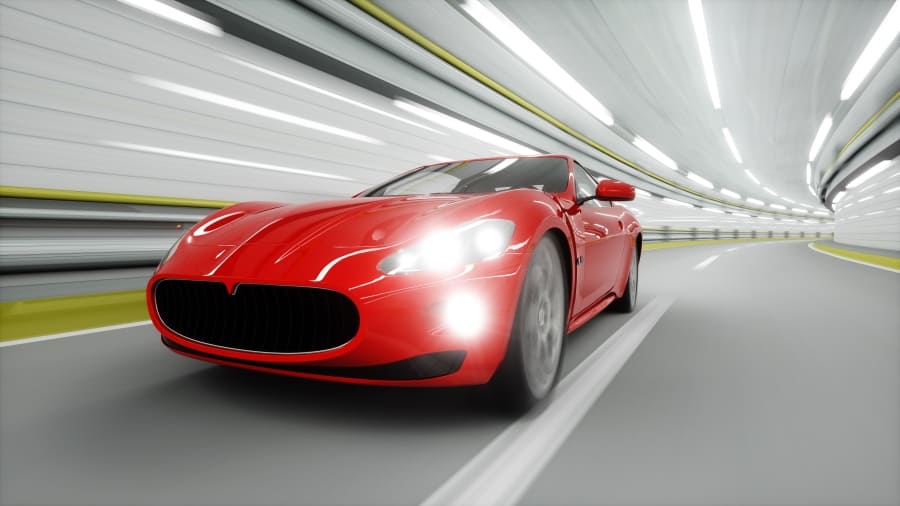
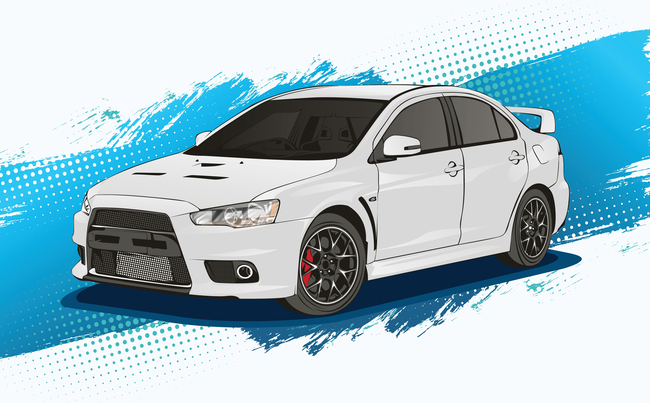
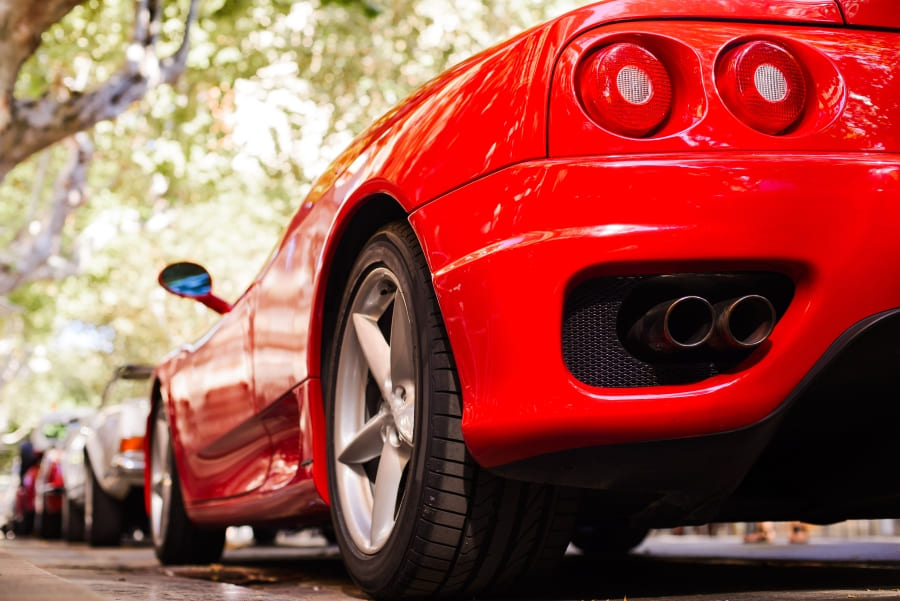
Comment